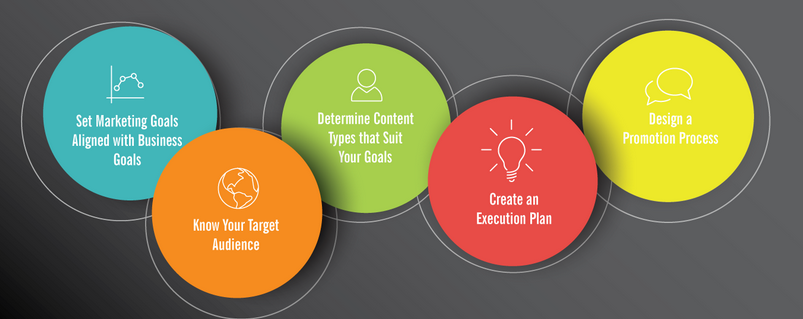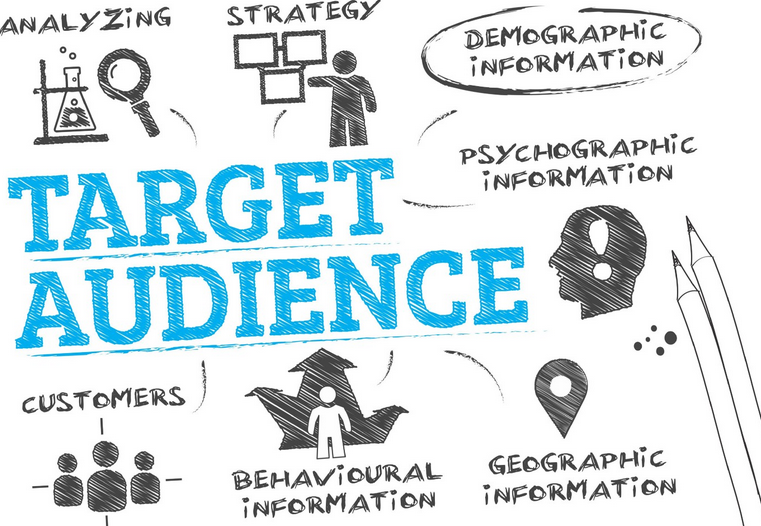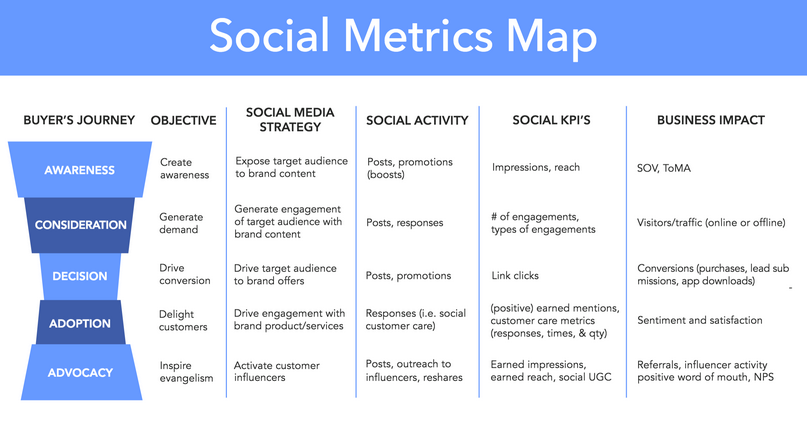us.edmodo.co.id – Of the many types of marketing that many professional marketers know, social media marketing is the best marketing strategy that offers many advantages and benefits.
This is in line with the fact that social media is a crucial factor in the success of a company’s digital marketing strategy that wants to engage with its target audience online.
You will get these benefits if you develop the stages of a social media marketing strategy carefully and effectively.
In general, social media marketing is useful for increasing brand awareness and generating leads to increase business conversions.
In addition, it can also build good relationships with customers so as to create customer loyalty and help you monitor and analyze competitors.
Therefore, it is very important for you to pay attention to the selection and implementation of the most effective social media marketing strategy for the branding process as well as selling your business products.
That is the reason that underlies inMarketing to create a guide to the best social media marketing strategy steps in 2022.
4 Steps to Develop a Social Media Marketing Strategy

While social media is constantly evolving, both in terms of the types and trends that underlie digital marketing, most of the basic steps for successful marketing remain the same.
Good strategic steps will help your brand find the right customer prospects according to the social media marketing channel you choose.
If you’re new to social media or reviewing your strategy for 2022, follow these steps for a social media marketing strategy.
1. Set Marketing Goals According to Business Type

All marketing content that you create or post on some of your chosen social media channels must refer to one of your goals as a business owner.
To make it easier, write down your goals in detail and define a technique for measuring the success of your social media marketing efforts.
You can’t improve certain aspects of marketing without knowing what goals you should focus on. You can consider the following objectives for your marketing strategy.
- Drive brand awareness. That is, you want to reach more people in order to increase the chances of your brand value and business promotion being seen by the right target audience.
- You can measure it using impressions or reach, likes, shares, mentions, or other metrics that show that your target audience has seen your post.
- Create a demand for your product. Try to get the target audience interested in your product so that they feel that your product is what they need (demand generation).
- Get leads and paying customers. You can use an email marketing strategy for each lead and customer that you can direct your sales efforts (lead nurturing email).
- Partnership relationship. You seek to build a partnership relationship with an influencer or brand ambassador through certain influencer marketing or marketing campaigns.
- Provide customer service. The presence of social media helps you to find out customer questions, complaints and problems. So you try to provide customer service or direct them to other marketing channels, such as blogs and email.
All goals that you will do should include one or more of the points above. After that, the new ideas and tactics that you plan should be evaluated for their potential to achieve these goals.
2. Indentify Target Audience

Social media marketing strategy will work effectively if you already understand who your ideal customer is.
Take your time to research or identify your target audience in detail by looking for demographic and psychographic data or patterns that can help you figure out specifically who will buy your product.
The demographic and psychographic data in question is the buyer persona of your target audience, including:
- Location or region of the target audience
- Age AndGender
- Interests or interests of the audience
- Work or education
- Of income
- Relationship status (married, dating, or single)
- Favorite websites
- Motivation to buy products or service
If your business is already focused on a specific business niche (eg technology, retail, etc.), this stage of the strategy will be easier for you to do.
Also look at digital sources that your audience accesses frequently, such as community blogs, to see what they are interested in.
Even the biggest social media like Facebook (now Meta) you can also use to do some audience research. View your competitors’ social accounts. Then access the profiles of some of their involved followers to get a better picture of the target audience.
It may be that one of your assumptions about identifying your target audience is wrong or that your customers have traits that you don’t expect at all. Even so, a social media marketing strategy is one of the best ways to find out who your real customers are.
You can also find out what the next strategic steps are that you can incorporate into your sales plans and future business operations. For example, what products will you release next, whether seasonal products, exclusive products, and others.
That way, you can develop multiple target audiences or segments to connect with each other, such as customers looking for gifts or buyers who have already purchased from one of your competitors.
3. Determine Social Media Metrics and KPIs

Each social media platform has different analytical tools, for example Instagram with its Instagram Analytics. Whatever you track on each social media will depend on your goals.
However, there are actually several metrics and KPIs (key performance indicators) that you need to pay attention to in developing your business social media accounts. Here is the explanation.
1. Engagement
This metric helps you understand whether your audience is actively engaging with your content and how effective your business promotion campaigns are.
A high engagement rate shows how responsive your audience is and shows that your content is engaging.
The engagement metrics in question include the number of likes, comments, retweets or shares, interesting posts, and the number of clicks (click-through rate).
2. Awareness Awareness
metrics can tell you about your brand’s visibility in front of a platform’s target audience. If your goal is to increase brand awareness, observe the number of audiences mentioning your business account.
Then, also observe the total number of times your post appeared on the browser timeline (impressions), the number of specific audiences who saw your content (reach), and the share of your brand voice (sentiment).
3. Return on Investment (ROI)
One of the most important metrics for any social media campaign is ROI or return on investment. You can track sales if you use store features or services on apps like Facebook Shops or Instagram Shopping.
That way, you can see how many audiences buy products or services on your website through social networking media.
4. Create Business Content

With billions of social media users around the world, at least some followers of your business social media accounts also see the content of your competitors or the content of other businesses in your industry.
Therefore, you must have social media content that is engaging, stands out, and provides a reason why your audience should engage with your brand.
In creating engaging social media content, you need to do business market research about what your audience likes.
So that later you can create content that covers the interests of the audience easily. Simply put, consider the content that your competitors create and plan your product promotion with a unique (unique selling point).
Also consider taking advantage of the features of the platform you are using. For example, you can create live videos, IGTV, or Reels on Instagram and TikTok Live to share the latest details about a product launch or do a giveaway.
You can also leverage your partner customers and influencers to help you generate content. You can repost their content as a form of user-generated content optimization.
Also, encourage them to use hashtags to share their own experiences and images with your products so that it also supports positive business word-of-mouth.
Practice Social Media Marketing Strategy Now! From the explanation of the social media strategy above, it is quite clear that the use of social media for business or marketers and ordinary users is much different.
Your goal as a business person or marketer is to get positive feedback regarding your time, money and effort.
Thus, your social media marketing strategy is like a plan of attack to advance the market share of your business.
Always remember to be authentic, find ways to provide value, and when in doubt, guess, test, measure, and study your strategy.
In addition to social media marketing, you can also use digital marketing agency services to help develop your business. Some of the marketing strategies that can be implemented are growth hack marketing, inbound marketing, 360 Digital Marketing, and Data-driven marketing so that the company can grow rapidly.
Don’t forget to look here too :